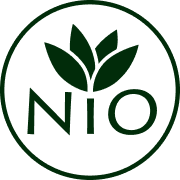-
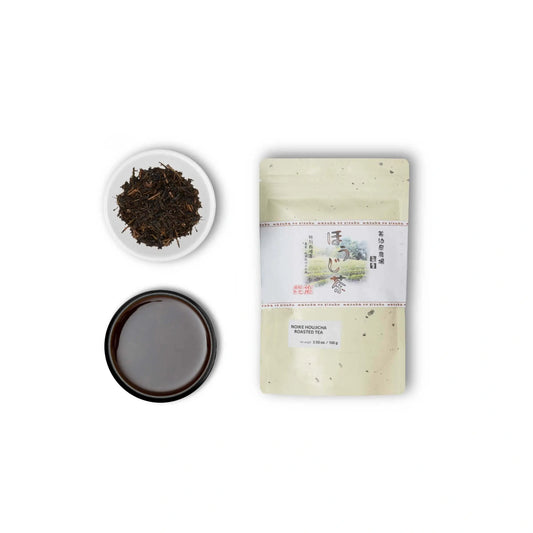
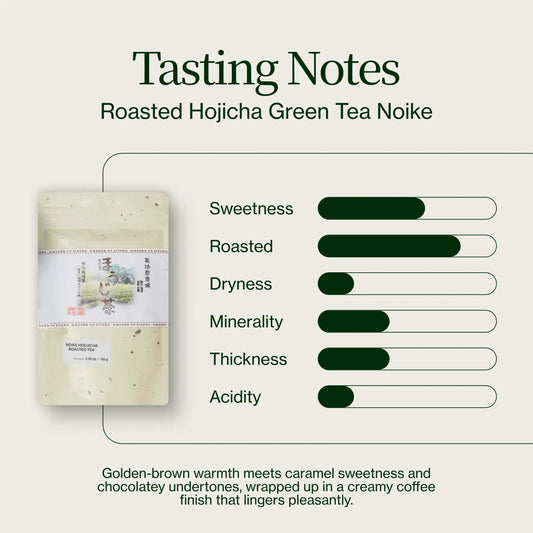 Oferta
OfertaAsado Hojicha Té Verde Noike
Precio habitual A partir de €14,00Precio habitualPrecio unitario por€20,00Precio de oferta A partir de €14,00Oferta -
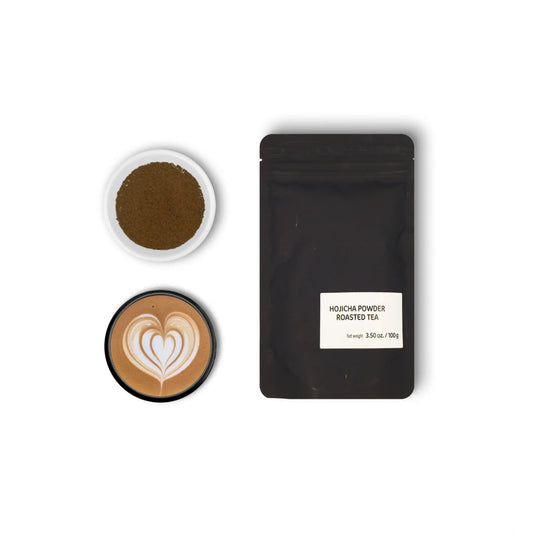
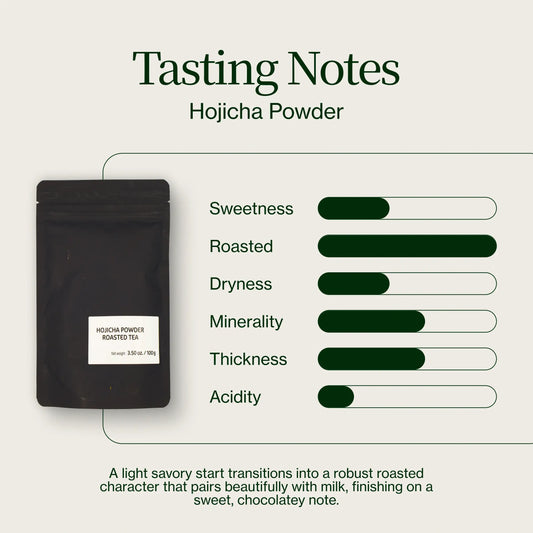 Oferta
OfertaHojicha Polvo
Precio habitual A partir de €11,00Precio habitualPrecio unitario por€20,00Precio de oferta A partir de €11,00Oferta
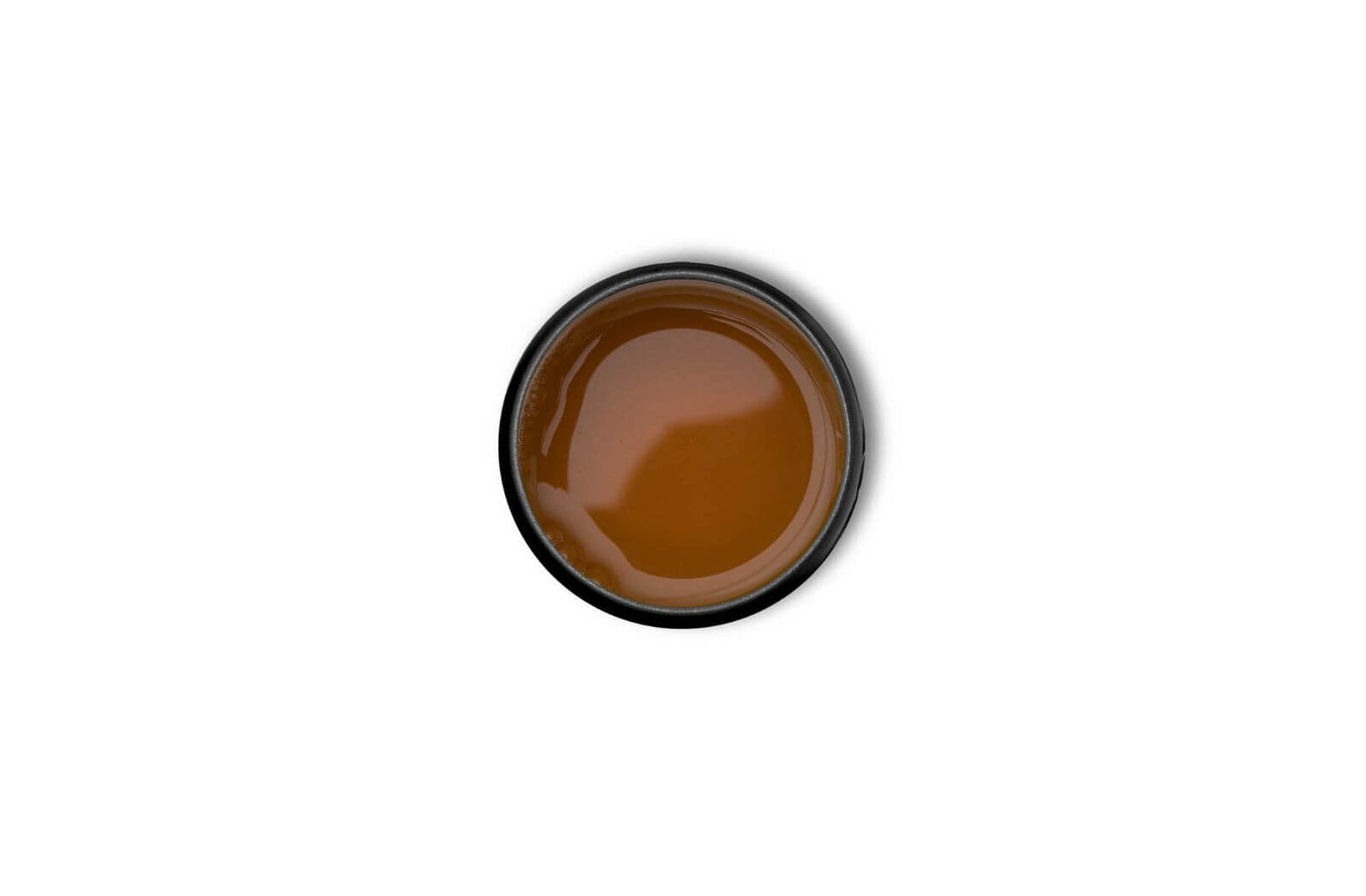
Seleccionamos lo mejor Hojicha de pequeños agricultores japoneses
Después de viajar por Japón durante los últimos años, hemos tenido el privilegio de reunirnos con docenas de agricultores y probar muchos tipos diferentes de Hojicha té. Hojicha Era un té que siempre se nos escapaba, y nos llevó mucho tiempo encontrar uno que cumpliera con nuestros estándares.
Finalmente, encontramos el Noike. Hojicha del que nos enamoramos por completo. Poco después, conocimos al Sr. Issin, quien creó un kuki fantástico. Hojicha ¡Nos encantaba! Tenemos la gran suerte de trabajar con tantos agricultores talentosos y nos enorgullece compartir su té con todos ustedes.
-

We select the finest Hojicha from small Japanese farmers
After traveling around Japan for the past few years, we have had the privilege of meeting with dozens of farmers and trying many different types of hojicha tea. Hojicha was a tea that always eluded us, and it took a long time to find one that met our standards.
Ultimately, we found the Noike Hojicha which we absolutely fell in love with. Shortly after, we met with Mr. Issin who produced a fantastic kuki hojicha we could not get enough of. We are very fortunate to get the opportunity to work with many talented farmers, and we are proud to share their tea with all of you!
-

Our hojicha is grown without the use of pesticides or chemicals
We have had the chance to visit many different tea farms all across Japan, both organic and non-organic. We find that in the tea fields where pesticides and chemicals are not used, there is a much healthier ecosystem. In addition to producing incredible quality green tea, the tea field also provides a habitat for other types of plants and animals. In an effort to help preserve the natural beauty of the areas we source tea from, we make sure to only get our tea from farms that don’t use pesticides or chemicals, and you’ll notice that all of our hojicha is organically grown. When you choose hojicha tea that was grown without the use of pesticides or chemicals, you are helping steer the tea industry into a more sustainable direction.
Tipos de Hojicha
Hay algunos tipos básicos de Hojicha Té que debes conocer y los cubriremos todos brevemente aquí.
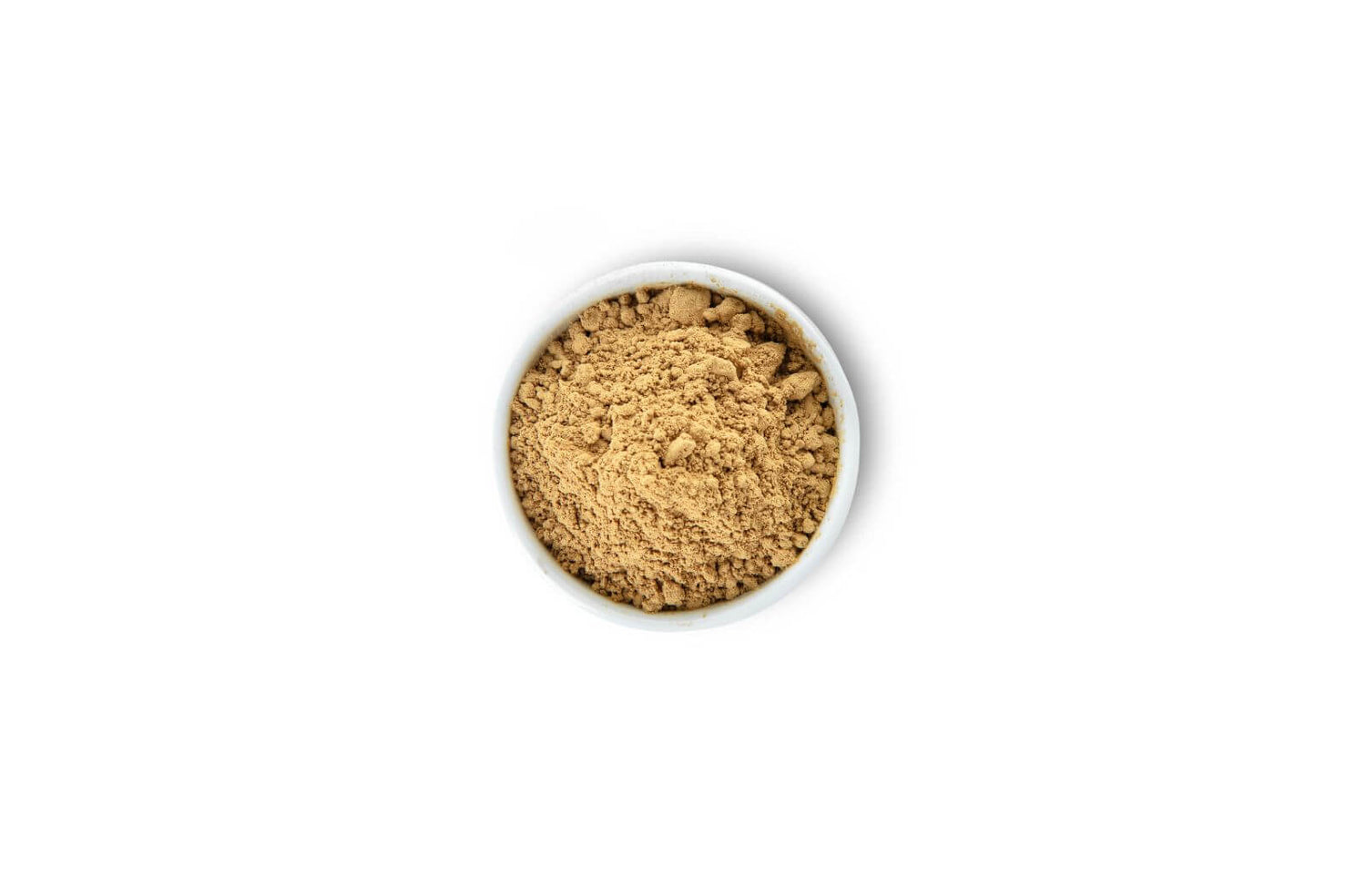
Hojicha perfil de sabor
El sabor de Hojicha El té verde es bastante único. Aunque no esté tostado, puede obtener estas notas más frescas y cítricas de verduras al vapor y hierba de primavera de otros. té japonés Hojicha va en una dirección completamente diferente. Cuando bebes Hojicha Té, comenzarás a notar menos este sabor vegetal y más estos sabores a caramelo, madera y chocolate.
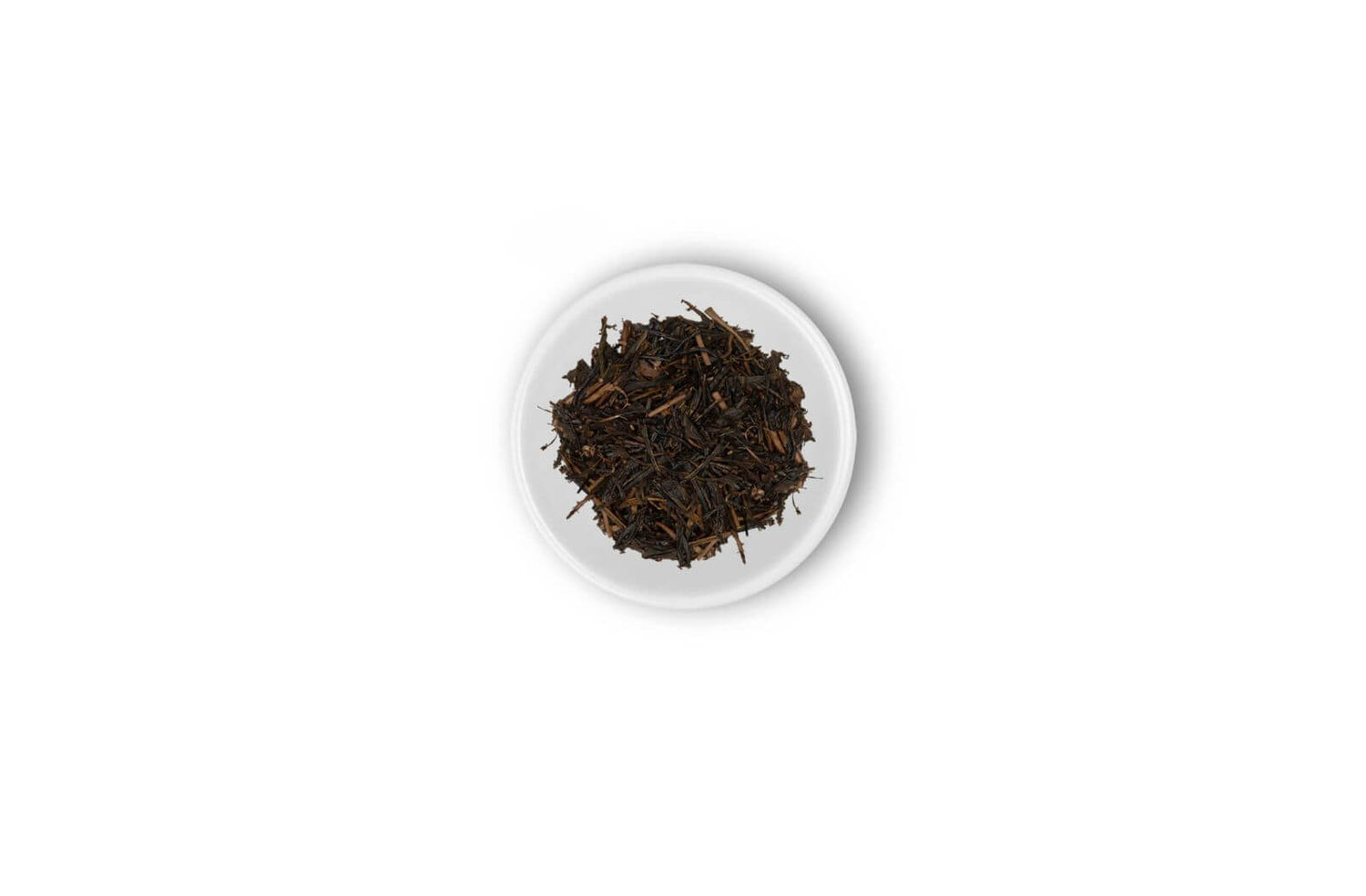
Hojicha Producción de té
Hay dos métodos diferentes de preparación. Hojicha Té verde. El primer método consiste en tostar las hojas de té en una sartén grande y caliente. Si el agricultor estuviera preparando un té parcialmente tostado como... Kamairicha , Usaba este método de cocción en sartén, pero tostaba las hojas a fuego más bajo durante menos tiempo. Para obtener un tueste oscuro en el... Hojicha Para el té, es necesario tostar las hojas a fuego alto durante un tiempo prolongado.
El otro método consiste en tostar las hojas de té en una máquina laminadora. Este método se utiliza para producir Hojicha té a mayor escala. Las hojas se remueven muy rápido para que se calienten uniformemente. Si se consumen grandes cantidades Hojicha Durante la producción de té, el agricultor debe separar las hojas por tamaño. Las hojas pequeñas se tuestan más rápido que las grandes, por lo que se someten a procesos completamente diferentes.

Hojicha Tea production
There are two different methods of preparing hojicha green tea. The first method involves roasting the tea leaves in a large hot pan. If the farmer were making a partially roasted tea like kamairicha, he would use this pan firing method but roast the leaves at a lower heat for a shorter time. To get a dark roast on the hojicha tea, you need to roast the leaves at a high heat for a long time.
The other method is to roast the tea leaves in a rolling machine. This method is used to produce hojicha tea on a larger scale. The leaves are turned very quickly so they heat evenly. If large quantities of hojicha tea are being produced, the farmer must separate the leaves by size. The small leaves roast faster than the larger leaves, so they undergo entirely different processes.
Hojicha instrucciones de preparación
Durante el proceso de tostado, se eliminan algunas de las catequinas de la hoja. Estos son los componentes amargos que se extraen a mayor temperatura y la razón principal por la que recomendamos preparar los tés verdes japoneses a temperaturas más bajas. Esto no es tan preocupante cuando se trata de... Hojicha Y puedes subir mucho más la temperatura si lo deseas. Para preparar la mejor taza de café. Hojicha Té verde, puedes seguir esta guía aquí:

Benefits of Hojicha Green Tea
One of the main benefits of hojicha tea is that it is a low caffeine tea, but there is even more to it than that! Hojicha works surprisingly well as a cold brew tea, with the cold water bringing out more of the caramel notes from the leaves. The tea is also great for beginners, with most people enjoying it the first time they have it.
Preguntas frecuentes
¿Necesitas ayuda? Te tenemos cubierto…
Entrega
Ofrecemos envíos internacionales gratuitos a todos nuestros clientes. Para pedidos grandes, también ofrecemos envío exprés gratuito, que puede llegar en tan solo unos días. Si necesita su té tostado con urgencia, asegúrese de seleccionar la opción de envío más rápido al finalizar la compra, que podrá solicitar de forma gratuita o con un precio reducido.
Tés y vajilla
Si tiene alguna pregunta sobre nuestro té tostado japonés, puede consultar con nuestro equipo de atención al cliente. La mejor manera de contactarnos es por correo electrónico, pero también puede hacerlo a través de nuestras redes sociales. Respondemos a mensajes directos y comentarios en YouTube, TikTok, Instagram y Facebook.
Problemas de pedidos
Aunque es muy poco frecuente que haya problemas con los pedidos, pueden ocurrir errores y el tiempo de espera podría ser ligeramente mayor debido a la aduana, el tráfico durante las vacaciones o el clima. Le proporcionaremos información de seguimiento automáticamente poco después de realizar su pedido para que sepa dónde está su té tostado en todo momento.
Pagos
Actualmente aceptamos pagos con las principales tarjetas de crédito, PayPal y transferencias bancarias. Si tiene alguna pregunta o inquietud al pagar su té tostado, no dude en contactarnos y trataremos de ayudarle.
Devoluciones y reembolsos
Si bien es raro que alguien nos diga que no le gusta el Hojicha que recibieron, ocasionalmente puede suceder. Queremos que todos terminen con un té que les guste, por lo que preferimos enviarles un té de reemplazo en lugar de que se queden con uno. Hojicha No te gusta.
No es necesario que nos devuelvan la Hojicha Si no te gustó, ¡consérvalo y compártelo con alguien que lo aprecie! Contáctanos por correo electrónico o redes sociales y te ayudaremos a resolver cualquier problema que tengas con el té que pediste.
